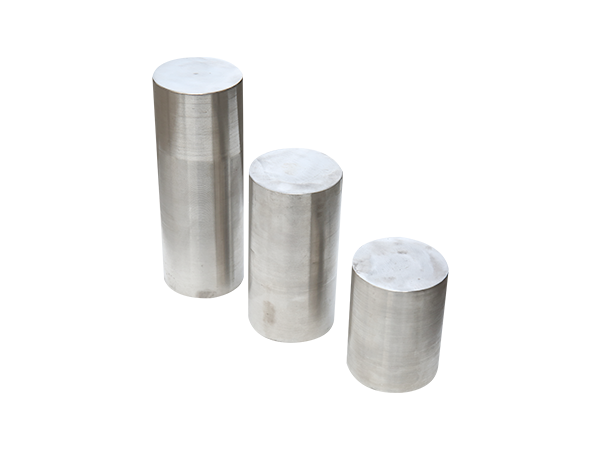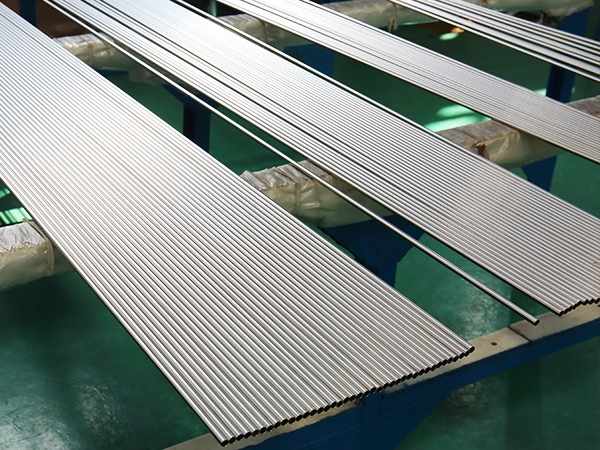Analysis of Common Failures of Distribution Transformers
1 abnormal noise (1) When the sound is loud and noisy, it may be a problem with the transformer core. For example, when the clamp or the screw that presses the iron core is loose, the indicator of the instrument is normally normal, and the color, temperature, and oil level of the insulating oil do not change much. At this time, the operation of the transformer should be stopped and checked. (2) The boiling sound of water contained in the sound, and the sound of "buzzing" air bubbles escaping, may be a serious fault in the windings, causing serious heat generation in the nearby parts to make oil gasification. A bad tap-changer and a local overheating or a transformer short circuit can make this noise. At this point, the transformer operation should be stopped immediately for maintenance. (3) When there is an explosion sound in the sound, which is large and uneven, there may be a breakdown phenomenon in the insulation of the transformer body. At this time, the transformer should be stopped for maintenance. (4) When the sound of a "pop" sound is caught in the sound, partial discharge of the surface of the transformer body or casing may occur. If it is a casing problem, in the harsh climate or at night, you can see a corona glow or a small blue or purple spark. At this time, the dirt on the surface of the casing should be cleaned and then coated with silicone oil or silicone grease. coating. At this time, stop the transformer and check whether the distance between the ground of the core and the live parts is in line with the requirements. (5) When there is a continuous, regular impact or friction sound in the sound, it may be that some parts of the transformer are mechanically contacted due to the vibration of the iron core, or the abnormal sound caused by the electrostatic discharge, and various metering meters There is no reaction between the indication and the temperature. Although this type of noise is abnormal, it does not cause any great harm to the operation. It is not necessary to stop the operation immediately, and it can be excluded when planning maintenance. 2 abnormal temperature Under the condition that the load and heat dissipation conditions and the ambient temperature are constant, the transformer has a higher temperature than the original condition, and has a rising trend. It is also an abnormal increase in the temperature of the transformer, which is the same as the increase in the limit temperature. Symbol. Caused by abnormal temperature rise are: 1 Transformer inter-turn, inter-layer, short-circuit between strands; 2 transformer core partial short circuit; 3 due to magnetic leakage or eddy current caused by the fuel tank, lid and other heat; 4 Long-term overload operation, accident overload; 5 deterioration of heat dissipation conditions. When the temperature of the transformer is found to be abnormal during operation, the cause must be ascertained first, and then corresponding measures should be taken to eliminate it. The temperature should be lowered. If it is due to an internal transformer failure, it should be stopped and repaired. 3 Explosion The reason for the fuel injection explosion is that the short-circuit current and high-temperature arc inside the transformer cause the transformer oil to age rapidly, and the relay protection device fails to cut off the power supply in time, so that the fault persists for a long time, so that the internal pressure of the box continues to increase, and the high pressure The oil and gas from the explosion-proof pipe or other weak strength of the tank to form an accident. (1) Insulation damage: Local overheating due to short-circuit between turns causes damage to the insulation, damage to the insulation due to moisture in the transformer, and basic factors that cause internal short-circuit due to damage caused by lightning and other overvoltages. (2) Arc generation due to wire breakage: Wires with poor wire welding and loose wire connections may cause wire breakage under high current surges. A high-temperature arc is generated at the break point to increase oil pressure and increase the internal pressure. (3) Pressure tap changer failure: The coils of the voltage regulation section of the high voltage winding of the distribution transformer are connected together by tap changers. The tap changer contacts are connected in series in the high voltage winding loop and pass through the load current together with the windings. The short-circuit current, such as the tap-changer's static contact with the heat of the hair, jumps over the arc and short-circuits the voltage-regulating section coil. 4 serious oil spill The leakage of oil in the operation of transformers is relatively common and the oil level can still be operated or scheduled for maintenance within the specified range. However, the leakage of the transformer oil is serious, or it continuously overflows from the damaged part, so that the oil level meter has not seen the oil level. At this time, the transformer should be immediately stopped, leaked and refueled. The oil level of the transformer oil is so low that the bushing leads and the tap changer are exposed to the air, and the insulation level will be greatly reduced, thus easily causing breakdown discharge. The causes of transformer oil leakage are: cracking of welds or failure of seals; vibrations during operation; collision of external forces; severe corrosion of oil tanks and damage. 5 casing flashover Transformer casing fouling, causing pollution flash in heavy fog or light rain, so that the transformer high-voltage side of the single-phase grounding or phase short circuit. Transformer casing damage due to external force or mechanical stress, thermal stress is also the cause of flashover. Foreign matter on the lid of the transformer tank covers, if the wind blows the branches off the lid of the tank, causing a bushing discharge or short-circuit. The above judgment on the transformer transformer sound, temperature, oil level, appearance and other phenomena of the distribution transformer failure, can only be used as an intuitive initial judgment. Because the internal failure of the transformer is not only a direct reflection of a single aspect, it involves many factors, and sometimes even appear illusions. If necessary, a transformer characteristic test and comprehensive analysis must be performed in order to find out the cause of the fault accurately and reliably, determine the nature of the accident, and propose a more comprehensive and reasonable method of handling. Nickel Base Corrosion Resistant Alloy
Nickel-based corrosion-resistant alloys generally refer to nickel-based metal materials with strong corrosion resistance. The corrosion-resistant alloys produced by Seonjip are mainly used in the fields of petrochemical, energy, marine and so on.
Inconel 625 Plate,Nickel Chrome Alloy,Nickel Chromium Alloy,Inconel 600 Round Bars Jiangsu Seonjip Technology Co.,Ltd. , https://www.seonjip.com

